Among the countless thousands of regular racegoers that could not attend the 2021 Cheltenham Festival, one particular absence overshadowed all others. No shortage of opinion has been shared about the events that led to Gordon Elliott’s suspension but, with the approaching anniversary of his career crisis, it is interesting to see how the team at Cullentra has responded to the challenge of rebuilding momentum and preparing for a happier spring than they faced into 12 months ago.
Given Gordon’s passing resemblance to James Corden, I suggested that we might travel together in late January to Gowran Park for the Goffs Thyestes Chase but, fortunately perhaps, a low quality version of Carpool Karaoke was not to be. Instead, I called on a damp Tuesday morning ahead of the Dublin Racing Festival, to his base near Longwood in south-west Co Meath.
On arrival, Cullentra House is somewhat deceptive. A relatively short road frontage suggests little of the enormous teardrop-shaped facility behind, which continually widens out through numerous stable yards to the training grounds beyond. Elliott has been in residence here for 10 years and the place has grown in line with his results and ambition.
There must be close to 200 stables, some in wide-passaged American barns, many in open-fronted high-roofed stalls, while other stables are always open onto individual all-weather paddocks. He has even installed a row of oversize stables, four or five times the standard size, to accommodate box-walkers and worriers, and which are often occupied by two horses together.
The place is a hive of activity - people and horses, all moving with distinct purpose. The staff car park has a similar capacity to that of my local supermarket, and is almost full. I find Gordon in the tack room with his right-hand man Simon McGonagle. The board on the wall shows the morning’s three regular lots against their riders, while several other columns are for horses racing that day, working offsite, swimming, restricted to the walker or turned out.
The tack room is in the original farmyard behind the house. It is also home to the racing tack room, Gordon’s own apartment and the office. The two-storey office is manned by Pip and Alex, and a large multi-picture CCTV screen which would do well to record all the activity outside. Upstairs is Gordon’s office and meeting room which really would not be out of place in an interiors magazine, although one feels that its pristine condition is due to the intended occupant spending less time here than on the shop floor.
Tasteful
Gordon’s house is equally tasteful. It would be an easy challenge on Through the Keyhole, the television programme when a panel had to guess the identity of a house’s celebrity owner. Unsurprisingly, large televisions are prominent in both the interconnected kitchen and sitting room, though the latter space is actually dominated by a dramatic canvas of Tiger Roll and Davy Russell at Aintree, painted by Laura Haughey.
There are photographs and memorial cards of absent friends, including his grandmother and uncle, as well as Pat Smullen and John Lynch of Five Star Transport. A framed montage of Apple’s Jade’s victories and a bronze of Don Cossack are on show, and a painting of a stag is a reminder of time enjoyed with the Ward Union Hunt.
Framed historic photographs of Summerhill confirm the foundation that it has provided to the Elliott narrative and his affection for his hometown cannot be underestimated.
“I’m from the Dunboyne Road out of Summerhill, where Elliott’s garage is, my uncle’s garage,” Elliott explains. “My dad still works there. There was no racing at all in my family, my father is a panel beater, my mother was a housewife.
“I was called Gordon because my mother was pregnant with me and she went up to Dublin and there was a shop in Dublin called Gordon Thompson, and my mother’s name was Thompson, so that’s why I was named Gordon.
“I’m still only 10 minutes from Summerhill, and Summerhill will always be home. When I was in trouble, the people there were unbelievable. I go there for lunch three times a week and I sponsor the football club, I’ve brought my big winners back to Summerhill and my mother still comes in here Monday, Wednesday and Friday to help me in the house - I wouldn’t be the tidiest.
“We’ve named all the barns here after places around Summerhill, names like Springvalley, The Bull Ring, Agher, and the Moy.”
Summerhill
Tea is drunk from mugs that carry Gordon’s racing colours, a yellow stag on a blue background. Needless to say, these are the colours of Summerhill GAA, but the story behind them hints at his determination to get things done.
“I wanted the Summerhill colours, with a stag on it. I could not register them here but I really wanted them. I was tipped off that you can register colours like that in Australia, and that then you can use them back here and that was a way around it.”
That attention to detail and determination to succeed was a legacy, one feels, of his time with Martin Pipe. There are a dozen or so key relationships in the Elliott story and this is one of the most enduring.
“I left school at 15 and worked in a few different places, stable yards and such, and my first proper job in racing was with Tony Martin – he is a brilliant trainer and I learned an awful lot from him. He organised for me to go to Pipe’s in ‘96 or ‘97.
“Martin Pipe never left a stone unturned. I only spent a year and a half, or two, over there but I have a huge regard for the Pipes. I’m still very close to him, talk to him weekly and he was ringing me daily when things were bad last year. I also have a great relationship with Dave (Pipe), and Gerry Supple.”
Another father figure in the industry is fellow Co Meath man Noel Meade, one of Ireland’s most senior, respected and popular trainers with whom Gordon is in daily contact. It is Meade to whom he partly attributes his relaxed racecourse attire.
“If you see me at the Curragh, or a flat meeting, I nearly always wear a tie. Funny thing is I always used to wear one National Hunt racing too- look at the pictures of me with Silver Birch for example.
“Obviously Michael O’Leary doesn’t wear a tie so I might have thought it looked cool not to wear one and we went to Aintree one year and it was very warm in Liverpool so I turned up without a tie. Noel gave out to me straight away but when both Clarcam and Don Cossack won their Grade 1 races he said: ‘I give you permission to never wear a tie again.’”
Attention to detail
A sense of belonging, attention to detail and a serious work ethic are estimable qualities but, to grow and succeed, a human organisation structure is essential and the Elliott team held firm under the pressures of last year’s scrutiny, the value of which was not lost on the trainer.
“No-one left, not one person. The Friday morning that we were heading up for the hearing in Naas, Noel Meade came and collected me at quarter past eight that morning. I remember saying I want to see everyone in the yard at quarter to eight that morning to tell them that, no matter what happens - and we didn’t know what was going to happen- that we would try and keep the show on the road.
“When you see grown people with tears in their eyes - including myself - it was not nice and it was the moment that I realised that the team I have behind me is exceptional.
The key players at Cullentra are headed by Simon McGonagle, whom Elliott unequivocally recognises as “my main man”. They met as young teenagers at Tony Martin’s, rode point-to-pointing together and even used to go to Mass together on a Saturday evening, although it is not clear whether that is still part of their weekly itinerary.
“Camilla Sharples oversees the travelling of the horses. Her team do a great job - they produce the horses so well and I think they’ve won the most best turned-out awards this year. In fact, if I’m not at the races, it’s probably more organised as I only cause confusion when I go there.”
Lisa O’Neill’s here now probably six or seven years and won at Cheltenham on Tiger Roll. She has great knowledge and still always wants to learn.
“When I was suspended, in fairness to Lisa, with almost no notice, she went over to Cheltenham and faced into the interviews. She’s a great front-of-house person for the operation.”
“Ryan McElligott, the journalist, used to help David Wachman and, when David finished up, we were starting to get busier. I was never much good at reading and writing, so I needed someone as there was a time I might miss an entry or something. I go through all the entries but he kind of looks over me, and Lisa helps as well. Ryan is also very level-headed and can look at things clearly and give me great advice.”
Regular
Among Gordon’s most regular companions for many years has been another Cullentra character, Ian “Busty” Amond.
“I rode with Busty as an amateur- he’s a great wingman, you can put him in with anyone as he will talk to anyone. He’s a good fellow and a good friend.”
Two others who are not actually official members of the Cullentra operation are Tom Howley and Aidan “Mouse” O’Ryan. Galway man Howley is well known for his role with EasyFix, and will often be spotted on course with Gordon.
“Tom has been a friend probably longer than a lot of them, as long as I can remember. The first time I met him, he came selling a bit of a jump and we just clicked. He’s around the place as a friend, and knows a lot of what is going on.
“With regard to Mouse, we’ve been knocking around together since 2007 or 2008. He’s a big part of what I do at sales and he’s got a great relationship with a lot of the owners.”
As in any business, the other key stakeholders are the customers, in this case the owners.
“People talk about big owners and small owners but every owner is the same here – we had a winner last week at Punchestown for a bunch of local lads from Moynalvey and Summerhill that we bought recently in England for 12 grand.
“Plenty of people like that and some who always have one or two horses with me. I’ve a heap of owners like that- the gates are always open here.”
Gordon is still most closely associated with the maroon silks of Gigginstown, worn by so many memorable performers including Apple’s Jade, Don Cossack and, of course, Tiger Roll. The relationship developed in 2007, a month after Elliott won the Grand National with Silver Birch, a 20,000gns Doncaster Sale purchase a year previously, and Elliott was back at the same sale venue.
“My first horse for the O’Learys was a horse called Widow Maker. I’d say Norman Williamson was the reason I ended up getting a horse off Gigginstown. We were at the old Doncaster Sales. Norman said to his brother-in-law Eddie (O’Leary) that he should give me a horse and a few months later they sent Widow Maker.
“He won a point-to-point for us, ridden by Simon McGonagle, but he was no good and ringing Eddie to tell him that was one of the hardest calls I ever made because, having got a chance to train for Michael O’Leary, I really wanted it to work.
“Eddie simply said: ‘That’s grand, I’m after buying a horse off Barry Hills called Tharawaat- you can have him.’ He won a few races for us and the rest is history.
Cautious
With the 2022 Cheltenham Festival still several weeks away, there is a reluctance to discuss the specific chances of the Elliott runners. Despite plenty of fancied horses, including Land Rover Sale graduate Ginto, who runs in the colours of another major supporter, Bective Stud, he is understandably cautious in his expectations.
“If you’d sat here in my kitchen this time last year, I think that I had more favourites than any trainer for the Cheltenham Festival but a week before it was all swept away, through my own stupidity.”
One particularly unsavoury consequence of that stupidity was the tsunami of comment from those who use social media to troll and torture anybody who has demonstrated a failing or weakness. The support of others however has ensured that perspective could be ultimately maintained.
“I found out who my friends are and we lost a few owners but I did not fall out with anyone who decided to leave. If one of those horses win, I always send a text and the door here is always open.”
Other high-profile careers have featured a lengthy ban, including two all-time greats, Vincent O’Brien and Lester Piggott, so comebacks are nothing new. Gordon remains some way short of their standing in the sport’s hall of fame but he is rather like those two maestros in that he remains something of an enigma to many well acquainted with his career achievements.
Highest level
It is, however, hard to think of any racehorse trainer in the world who, with no family involvement and an incomplete school education, has built both a training operation and a training facility, virtually from scratch, to compete at the highest level. All this close to his childhood home, in an area where nothing on this scale had ever been imagined. Such an achievement was always going to have a few bumps on the road.
Before I finish I asked him two questions. First, what might we have sung along to in the car if we had made the journey to Gowran? In March 1978, the charts were headed by Kate Bush, Abba, Blondie, The Bee Gees and they all make the cut. He seems to like the music that he was born to as much as the area that he comes from.
My second question is whether there might be an unconsidered outside chance for Cheltenham to which Gordon thinks, and then replies:
“You never know, I might even wear a tie to Cheltenham one of the days this year.”?
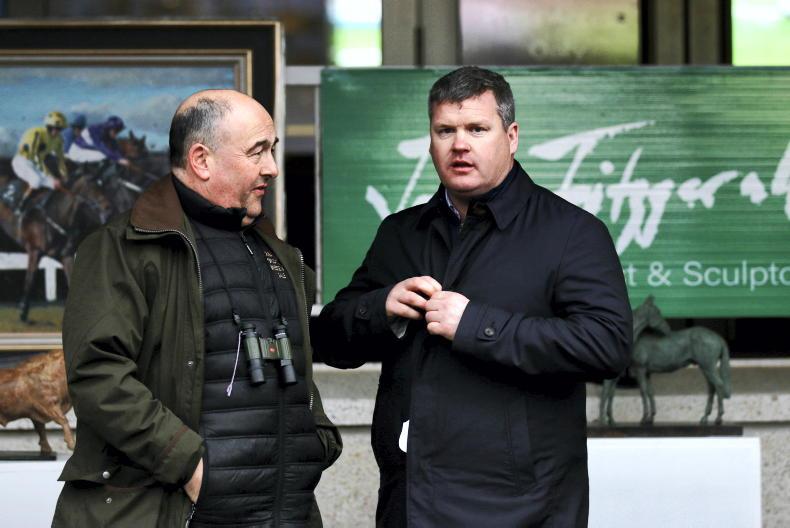

 This is a subscriber-only article
This is a subscriber-only article
 It looks like you're browsing in private mode
It looks like you're browsing in private mode




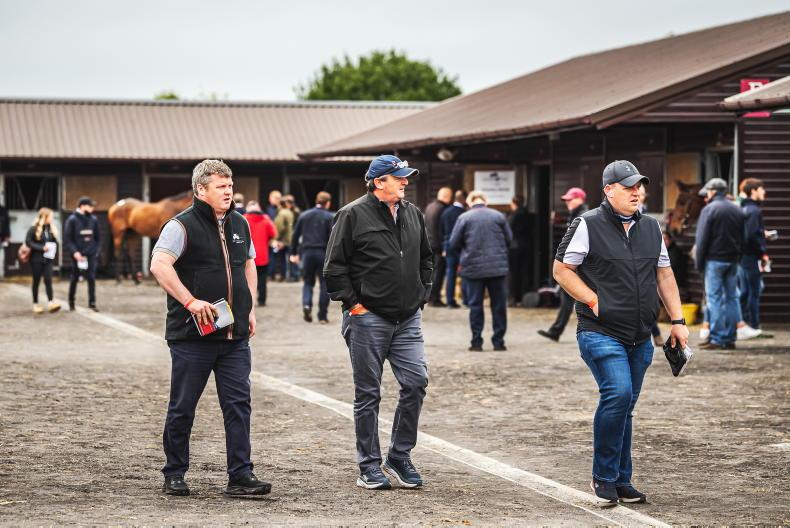
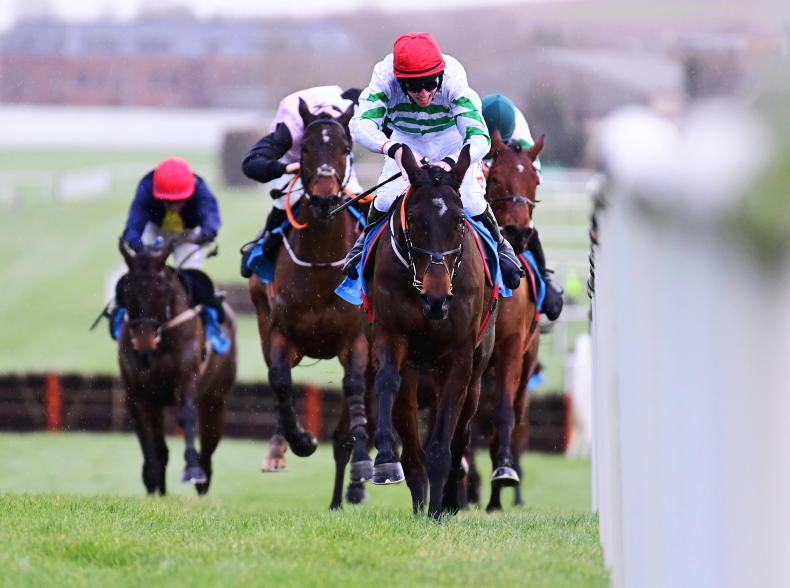
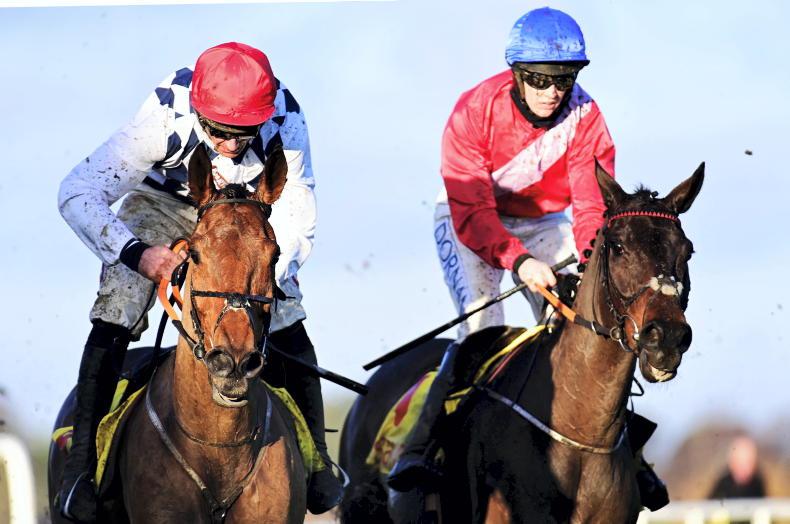
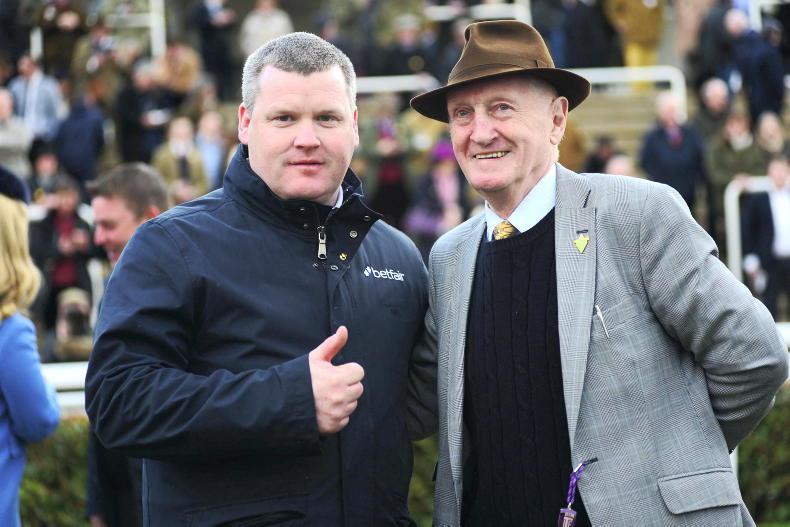
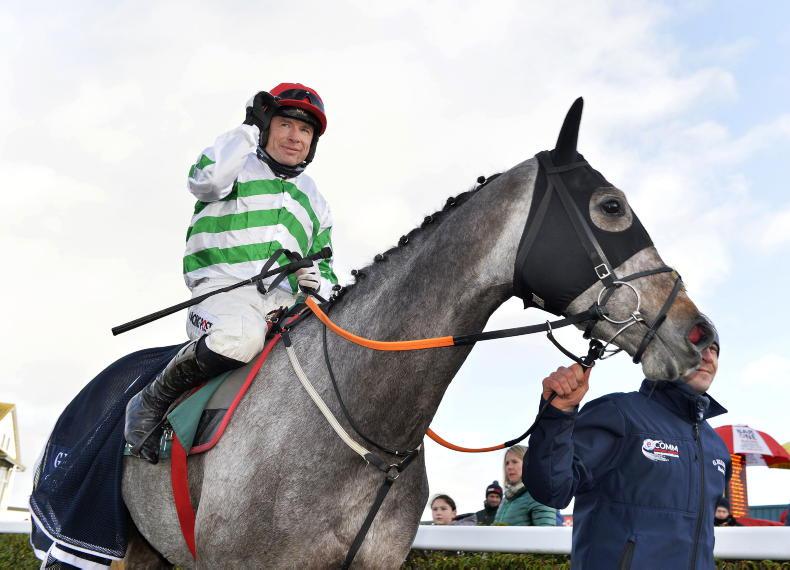
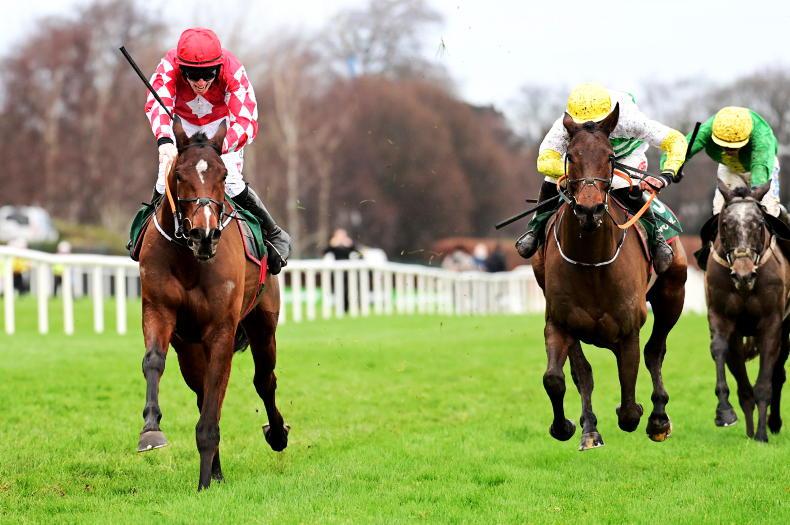


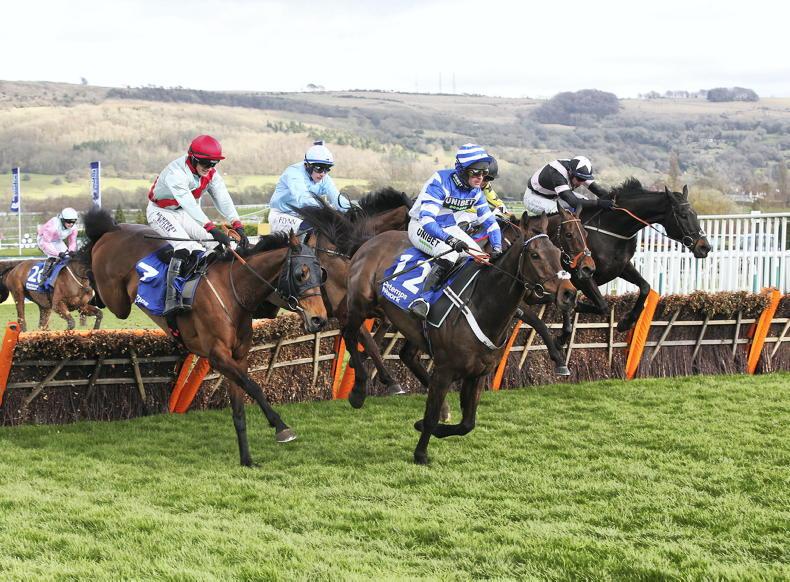
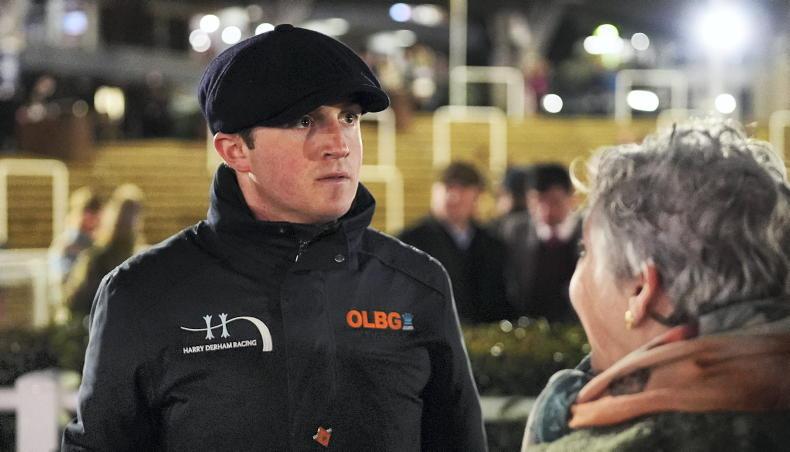

SHARING OPTIONS: